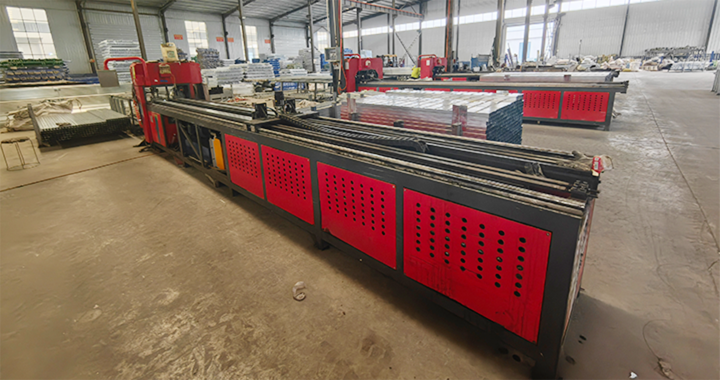Nov . 26, 2024 09:36 Back to list
putting mesh in concrete
The Importance of Using Mesh in Concrete
Concrete is one of the most widely used construction materials in the world, known for its strength, durability, and versatility. However, like all materials, it has its limitations. One of the critical challenges associated with concrete is its tendency to crack, especially under tension or extreme environmental conditions. To enhance the structural integrity and longevity of concrete, one effective solution is the use of mesh reinforcement, commonly referred to as wire mesh or welded wire fabric.
Understanding the Role of Mesh in Concrete
Mesh reinforcement is typically made from steel wires that are welded together in a grid pattern. When embedded in concrete, this mesh serves multiple purposes. First, it helps to distribute tensile stress across the concrete surface, which significantly reduces the likelihood of cracking. Second, it enhances the overall structural performance of the concrete by providing additional strength in both tension and shear.
The use of mesh is particularly beneficial in large concrete areas, such as slabs, pavements, and walls, where cracking can lead to significant structural issues. By incorporating mesh into the concrete mix, builders can create a more resilient material that withstands the stresses of environmental changes, heavy loads, and potential impacts.
Benefits of Using Mesh Reinforcement
1. Crack Control One of the primary benefits of using mesh in concrete is its ability to control cracking. As concrete cures and hardens, it shrinks, which can lead to cracks if the concrete is unsupported. The mesh provides a means of holding the concrete together, curbing the width and length of these cracks.
2. Increased Strength Steel mesh has a high tensile strength, meaning it can handle significant loads without stretching or breaking. When combined with concrete, which excels in compression but is weaker in tension, the mesh creates a composite material that can effectively resist both types of forces.
putting mesh in concrete

3. Cost-Effectiveness While there is an initial cost associated with purchasing and installing mesh, it often leads to long-term savings. By reducing the risk of damage and the need for repairs, using mesh can be a cost-effective choice for both residential and commercial projects.
4. Ease of Installation Mesh is relatively easy to install compared to other reinforcement methods, such as rebar. It comes in sheets or rolls and can be laid out quickly on site, streamlining the construction process.
5. Enhanced Durability The combined strength of mesh and concrete results in structures that are more durable and capable of withstanding harsh environmental conditions, such as freeze-thaw cycles, moisture, and chemicals.
Examples of Application
Mesh reinforcement can be seen in various applications, from industrial warehouse floors to residential driveways. In each case, the mesh aids in preventing cracks and extending the life of the concrete. For example, in large commercial projects, where heavy machinery may be used, mesh reinforcement is critical for maintaining the integrity of the concrete slab.
Conclusion
In conclusion, the incorporation of mesh into concrete is an essential practice that enhances the material's performance and longevity. By controlling cracks, increasing strength, and providing a cost-effective reinforcement solution, mesh plays a vital role in modern construction. As the industry continues to evolve, the use of mesh will likely become even more prevalent, as engineers and builders seek innovative ways to improve the resilience of concrete structures in an ever-changing environment.
-
Reinforcing Mesh: Core Material of the Construction Industry
NewsJul.07,2025
-
Welded Wire Fabric Reinvented for Modern Projects
NewsJul.04,2025
-
Superiority of Stainless Steel Woven Mesh
NewsJul.04,2025
-
Key Types of Razor Wire and Their Applications
NewsJul.04,2025
-
Durable Metal Fence Types for Security
NewsJul.04,2025
-
Best Materials for Livestock Fence
NewsJul.04,2025
products.







